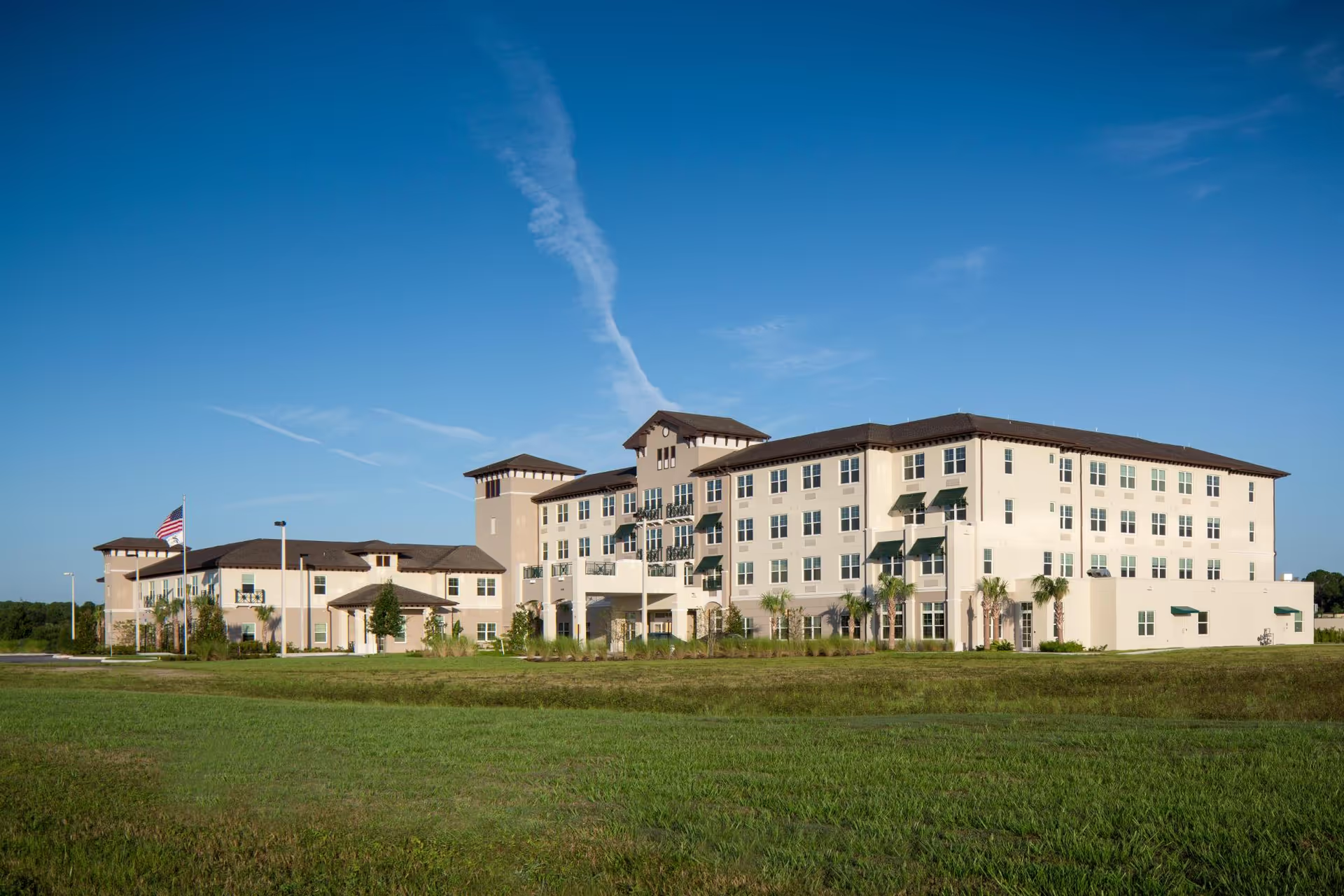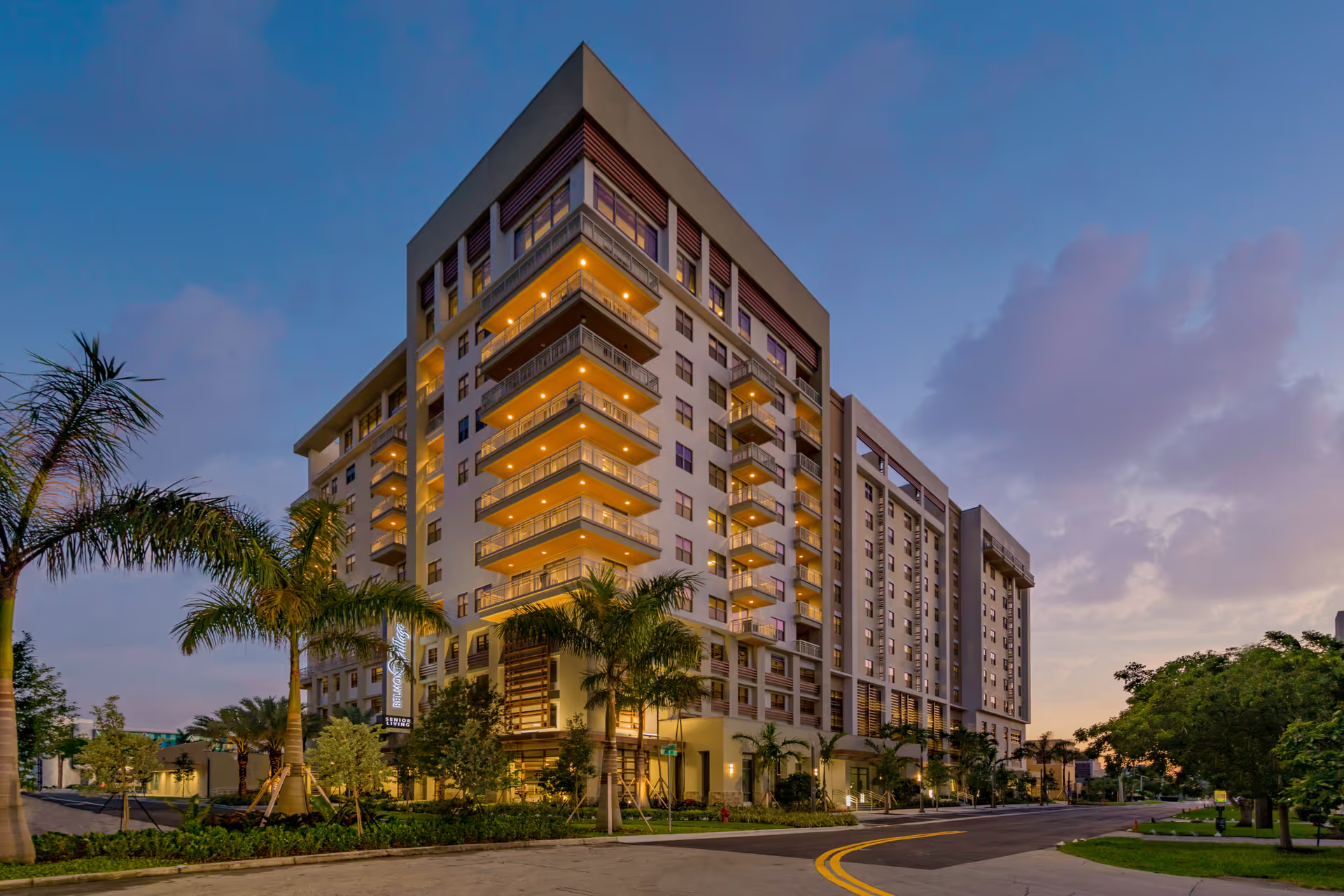Overall sentiment in these reviews is sharply mixed, with a pronounced polarization between reviewers who report attentive, skilled, and caring care and those who describe serious safety and quality concerns. Multiple families praise the CNAs, therapy staff, and some nursing staff, highlighting cleanliness, a pleasant building with natural light and courtyard, in-house maintenance, laundry service, and enjoyable meals and activities. Several reviewers also described smooth admissions and discharges and effective therapy (physical, occupational, and speech), indicating that for many residents the facility provides competent rehabilitation and a comfortable, homey environment.
Conversely, a substantial portion of reviews raise serious red flags about clinical oversight, staffing, and management. Recurring complaints include poor communication or no communication from staff and management, slow or dangerously delayed responses to call lights (some reporting 30–45 minute waits), and allegations of unresponsive or defensive nurses. There are multiple reports specifically criticizing diabetic care — for example, lack of monitoring of high blood sugars, ignoring readings >300, and serving inappropriate diabetic meals such as orange juice and sugary jelly — which reviewers linked to clinical deterioration. Medication delays and gaps in caregiver→nurse communication were also noted. Several reviewers described events they considered negligent or unsafe, including falls with delayed assistance, a patient needing help on the floor, pneumonia, ER transfers, and in a few instances, a death following deterioration; these accounts raise concerns about clinical supervision and escalation procedures.
Staff behavior and staffing levels emerge as another key theme. While many reviews commend hardworking, friendly CNAs and nursing staff, others complain about staff distracted by phones or social media, rude or condescending nurses, and an overall insufficient staff-to-resident ratio. These contrasts suggest variability across shifts or units: some families experienced attentive, professional caregivers, while others observed inattentive or unprofessional behavior. Language barriers were mentioned by several reviewers who felt caregivers being primarily Spanish-speaking contributed to communication difficulties with residents or families; other reviews did not report this issue. The inconsistency in staff performance and availability appears to be a major driver of divergent experiences.
Facility condition and dining quality are similarly inconsistent in the reviews. Many reviewers describe the building as clean, smelling pleasant, spacious, and well-decorated, with a cheery dining hall and a courtyard. Others, however, report old or nasty rooms and describe the food as disgusting or insufficient for special diets (including swallowing and diabetic restrictions). Several positive reviews specifically praised the food and variety, while multiple negative reviews said they had to bring food in or avoid the dining service. These conflicting observations point to variability in meal preparation, dietary accommodations, or expectations between families.
Management and communication concerns are frequent and prominent in negative reviews. Families reported management that was slow to respond or nonresponsive to calls and questions, defensive when challenged, or unavailable (no supervisor on duty). Positive experiences noted good communication and updates from nurses and management, but these seem less consistent. Several reviewers recommended that the facility must be reviewed closely due to reported lapses, with some stating the facility should be shut down. There are also alarming, though less detailed, allegations in some reviews of drug use and unsafe conditions; these should be treated as serious claims that warrant verification through official channels (inspections, state reports).
Patterns and practical takeaways: the reviews show a facility that can offer strong rehabilitation services, caring CNAs, and a clean, pleasant environment for some residents, but that also has recurring reports of dangerous lapses in clinical monitoring, staffing shortages, poor communication, and inconsistent food/dietary handling. The variability suggests possible differences by shift, unit, or over time—some families experienced excellent care while others reported neglect. Prospective residents and families should verify current staffing levels, call-light response times, diabetic and medication protocols, supervision arrangements, and language support. Observing a meal, touring during a weekend or evening shift, speaking with current residents and families, and reviewing recent inspection reports and incident histories are recommended steps to reconcile these mixed reports before making placement decisions.







